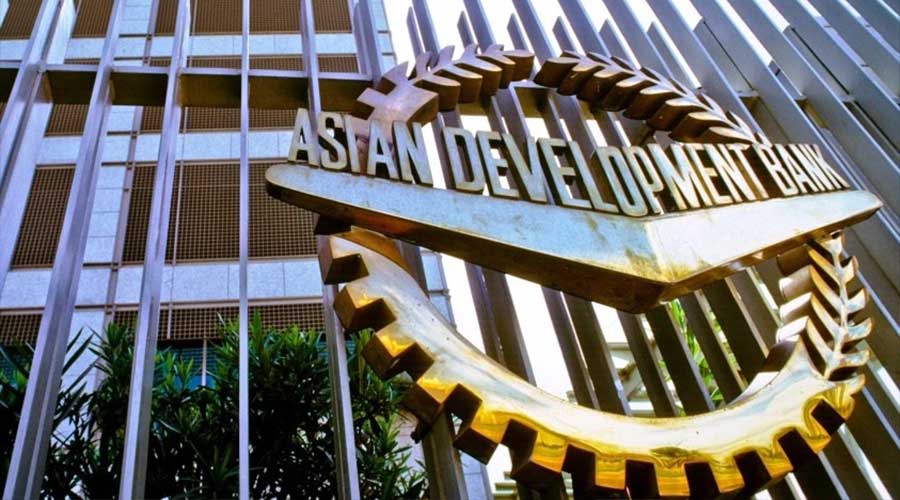The Asian Development Bank (ADB) has sanctioned a US 400 million concessional loan to support the reconstruction efforts in Sindh province, which suffered extensive damage from the 2022 floods. This funding is a crucial part of ADB’s US 1.5 billion aid packages designated for flood recovery from 2023 to 2025. The Sindh Emergency Housing Reconstruction Project is set to rehabilitate flood-damaged houses and community infrastructure. The initiative aims to restore livelihoods, improve resilience against climate change, and address the long-term impact of the floods.
Yevgeniy Zhukov, ADB Director General for Central and West Asia, emphasized that the project will aid in rebuilding homes, restoring basic services, and enhancing community infrastructure. “This project is critical for Sindh, the province most affected by the devastating 2022 floods, which impacted 33 million people,” Zhukov said.
The floods caused severe damage in Sindh, with around 2.1 million houses either destroyed or damaged. Many residents are still living in temporary shelters without essential services. The project will provide conditional cash grants to reconstruct 250,000 houses designed to withstand multiple hazards and environmental challenges. It will also support the construction of community infrastructure such as drinking water and sanitation facilities, covered drainage, and renewable energy solutions for 100,000 households in 1,000 flood-affected villages. In addition, the project includes grants for livestock, agriculture, small enterprises, and e-commerce to support livelihood recovery.









